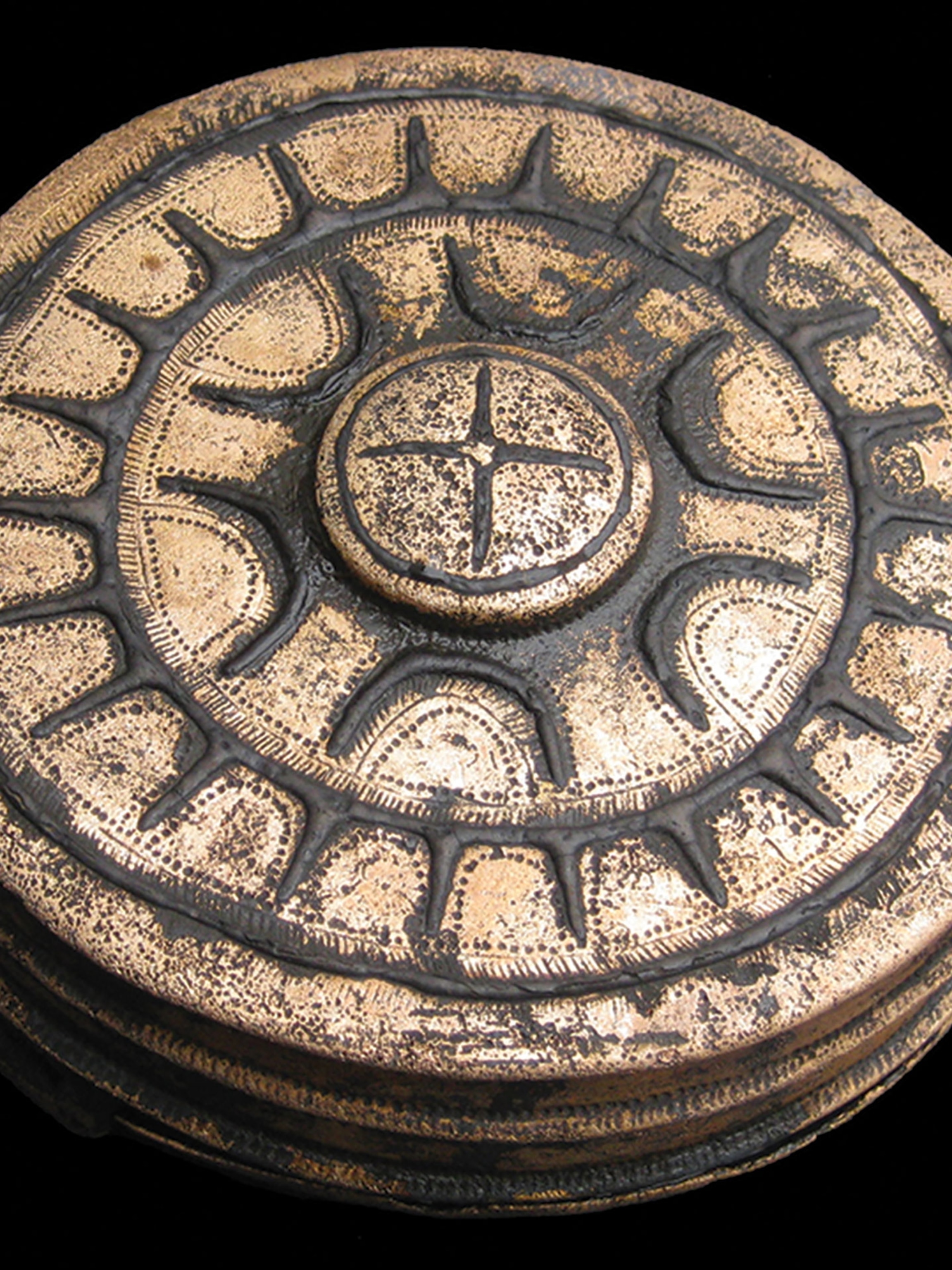The Tollense Valley battlefield, located in northern Germany, is widely recognized as Europe’s oldest known site of warfare. Dating back approximately 3,300 years, this remarkable archaeological site offers unprecedented insights into the nature of conflict and military organization during the late Bronze Age. Discovered in the 1990s, the site has revealed a wealth of artifacts and human remains that provide a vivid snapshot of one of the earliest large-scale battles in European history.
A Brutal Battle of 4,000 Warriors
Around 3,300 years ago, an intense battle took place in the Tollense Valley, involving approximately 4,000 warriors from different tribes of Central Europe. The scale and ferocity of the conflict are evident from the vast array of artifacts recovered from the site, including thousands of bone fragments, weapons made from bronze, wood, and flint, as well as precious gold and bronze objects. These finds suggest that the battle was not only significant in its scope but also an indication of the advanced technology and craftsmanship of the period.

Strategic Location and High Organization
The battlefield itself spans a wide area, with its location near a river hinting that it may have been a site for territorial disputes or a larger military campaign. The strategic nature of the location is underscored by the evidence of careful organization in the battle. The remains of the fighters show signs of intense close combat, and some of the weaponry found indicates a degree of coordination and tactics that were advanced for the time. The high level of organization displayed in the battle challenges previous assumptions about Bronze Age warfare, suggesting that such conflicts were more structured than previously thought.
Advanced Metallurgical Techniques
One of the most significant aspects of the discoveries at Tollense Valley is the evidence of advanced metallurgical techniques. The weapons found—ranging from bronze swords to flint-tipped arrows—demonstrate the sophisticated knowledge of metalworking and weapon crafting that existed at the time. These findings not only enrich our understanding of Bronze Age technology but also highlight the cultural and technological advancements made by the societies involved in the battle.
The Social and Cultural Context of the Conflict
What makes the Tollense Valley battlefield particularly fascinating is the insight it provides into the social and cultural dynamics of the time. The scale of the battle, the number of warriors involved, and the variety of weapons found suggest that the conflict was not a small-scale skirmish, but a major engagement between multiple tribes or groups. This challenges the conventional view of Bronze Age warfare as a more isolated and sporadic phenomenon, instead presenting it as a more organized and widespread aspect of Bronze Age society.

Additionally, the discovery of gold and bronze artifacts at the site indicates the presence of higher-status individuals, which may suggest that the battle had significant social and political implications. The findings suggest that warfare during this period was not only a military affair but also deeply intertwined with the social and political structures of the time.
Ongoing Excavations and New Discoveries
Excavations at the Tollense Valley battlefield are ongoing, and each new discovery sheds more light on this pivotal moment in European prehistory. The findings at the site continue to challenge our understanding of Bronze Age societies and warfare, offering valuable insights into the social, economic, and cultural forces that shaped the ancient world.

The Tollense Valley battlefield is not just a site of military history; it is a window into the complex dynamics of Bronze Age civilization. As researchers continue to explore the site, they are uncovering new facets of ancient conflict, providing a richer understanding of the people who fought in this monumental battle and the world they inhabited.
Conclusion
The Tollense Valley battlefield stands as a testament to the scale and significance of ancient warfare in Europe. The ongoing discoveries at the site have forced historians and archaeologists to reconsider the nature of conflict during the Bronze Age, offering a compelling narrative of a civilization that was more organized, technologically advanced, and socially complex than previously thought. The site’s historical, cultural, and technological revelations continue to captivate and inform our understanding of the distant past, making it a truly invaluable archaeological discovery.

